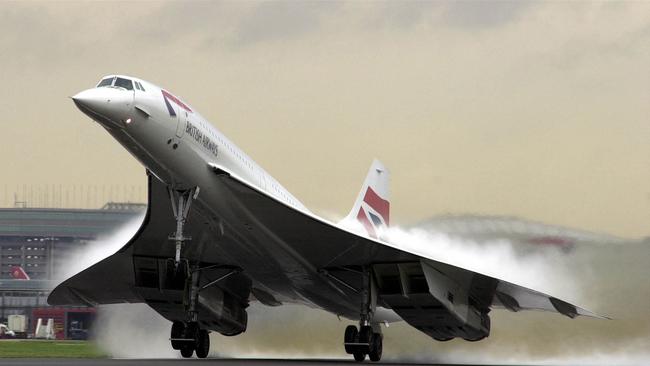Concorde take two: Start-ups assail the sound barrier again
Next year, two novel supersonic jets will each begin test flight program after years of development.

Remember Concorde? It’s coming back. Kind of.
Next year, two novel supersonic jets – one built by a start-up appropriately called Boom, the other by defence giant Lockheed Martin under commission from NASA – will each begin test flight program after years of development. The goal: to prove that 18 years after Concorde’s final flight, supersonic flight is not only viable but will become de rigueur for a huge swath of the flying public.
Eli Dourado, an economist at Utah State University, said: “Once this is done in an economically reasonable way, which Concorde wasn’t, it will be here to stay and will become the dominant way we fly.”
There is a lot of clear blue sky to cross to get to that prediction. Today, not one of the 25,000 commercial planes in service flies faster than the speed of sound. But interest in reviving supersonic flight has boomed in recent years, with at least half a dozen projects taking off in Britain, America and Russia.
In America, the efforts are led by start-ups with names such as Spike, Exosonic and Hermeus. Hermeus has won a $US60m award from the US Air Force to build and test a plane that would fly at 5000km/h or Mach 5.
Lockheed Martin will start test flights of its one-seat plane, called the X-59, next year. Rolls-Royce has partnered with Boom Supersonic, of Denver, Colorado, to develop engines for a supersonic jet and is working with Virgin Galactic on a different model. Russia has joined forces with Mubadala, the United Arab Emirates’ investment arm, to develop both a supersonic business jet and a 30-seater.
The most obvious question is why will this time be any different? Concorde, while a technological triumph, was a business failure – a product with high costs and limited appeal or utility. What’s more, the dawn of in-flight internet, for work or entertainment, has arguably lessened the need for super-fast flights. And the prospect of a new generation of fuel-hungry planes flies in the face of efforts to cut emissions.
Backers of the supersonic renaissance, however, compare the Concorde program to the moon landing: a Cold War-era totem funded by governments more focused on beating the Russians than controlling costs or building something sustainable. Much has changed since 2003, when Concorde landed at Heathrow from New York for the final time. For one thing, engines have improved markedly, as have material science and advances in computer-aided design. Dourado explained: “They used slide rules and drafting paper to design Concorde. It’s kind of amazing, actually.”
THE SUNDAY TIMES



To join the conversation, please log in. Don't have an account? Register
Join the conversation, you are commenting as Logout